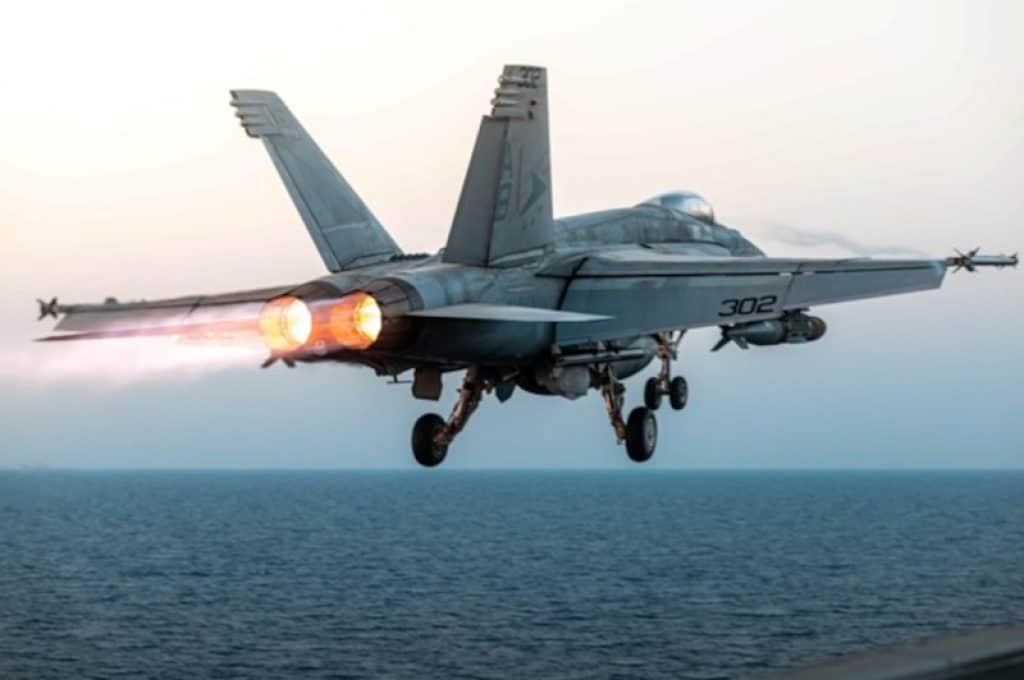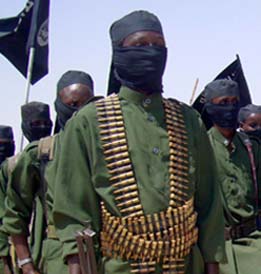
US Central Command (CENTCOM) has conducted consistent airstrikes against the Houthis, officially known as Ansar Allah, since March 15. The operation is in response to the Yemeni terrorist group’s attacks against shipping in solidarity with Palestinians following the war Hamas began with Israel on October 7, 2023.
The Iran-backed Houthis have launched hundreds of attacks on commercial and US naval vessels in the Red Sea and the Gulf of Aden since 2023. The Trump Administration is seeking to “restore freedom of navigation and re-establish American deterrence,” according to Chief Pentagon Spokesman Sean Parnell. To that end, CENTCOM forces have been striking a range of targets, including military infrastructure, leaders, command and control centers, and commercial infrastructure across nearly all Houthi-controlled governorates of Yemen.
National Security Advisor Mike Waltz claimed the strikes have “taken out key Houthi leadership, including their head missileer.” The group has yet to confirm the death of any senior leaders. However, Yemen analyst Mohammed al-Basha has recorded about 40 mid and low-level Houthi officers likely killed in airstrikes for whom the group has held funeral processions.
Key Target Regions:
Saada
Saada Governorate, Yemen’s mountainous northern territory bordering Saudi Arabia, is home to the Al Houthi clan from which the group gets its name. Saada has endured years of conflict, including fighting between the Yemeni government and Houthi forces during the Saada wars in the 2000s and as a frontline in the Houthi-Saudi conflict from 2015 to the 2022 ceasefire. The area’s mountainous landscape enables the Houthis to hide infrastructure, weapons, and individuals. The UN paused all activity in Saada Governorate in February 2025 because it was unable to ensure security for its personnel in the Houthi stronghold.
Defense Lines, a Yemeni organization focused on security and military, identified a range of military assets the US hit with recent airstrikes in Saada, including “capabilities, military bases, and weapons and ammunition caches buried underground and beneath mountains.” The United States previously struck buried infrastructure in Saada during the Biden administration.
The Houthi-affiliated Al Masirah TV channel reported 17 strikes in the governorate on the night of March 25, and the network has acknowledged airstrikes in Saada almost every day since the US operation began on March 15. Yemeni media claimed on March 21 that “US aircraft have intensified their raids on various areas of Sa’ada Governorate, the main stronghold of the leader of the armed Houthi group.”
Sanaa
The Sanaa Governorate’s eponymous capital city was formerly the capital of Yemen before the Houthis’ 2014 seizure of it. The city now serves as the epicenter of the Houthi-controlled government in northern Yemen.
Al Masirah reported US airstrikes on residential areas of Sanaa city, amongst other targets in the governorate, and accused the US of causing civilian casualties and injuries. Yemeni media, citing local sources, said airstrikes targeted Houthi military supplies and a weapons depot in residential areas. Houthi news sources have also acknowledged US airstrikes on the group’s Al Dailami Air Base, amongst other targets in Sanaa hit on March 26.
Sanaa contains a range of Houthi infrastructure, including a recently struck logistics and supply base, according to Yemen analyst Mohammed al Basha. Yemeni media reported American airstrikes against Sanaa International Airport on March 26. Israel previously struck Houthi infrastructure at the airport on December 26.
Hodeida
A coastal governorate along the Red Sea, Hodeida is home to the Port of Hodeida, the Port of Salif, the Ras Issa terminal, and other key commercial and military infrastructure controlled by the Houthis. The Hodeida and Salif ports, both controlled by the Houthis, receive up to 80 percent of Yemen’s imports and provide significant revenue for the terrorist group. The Houthis’ Al Khatib Naval Base is also in Al Hodeida.
Houthi al Masirah news identified strikes on the Salef port. Houthi media also reported airstrikes on Hodeida International Airport, a cotton gin, and that the Al Habashi Iron Factory was destroyed in a strike.
US and UK airstrikes in 2024 targeted the Hodeida port, Ras Issa, and Al Khatib Naval Base. An Israeli airstrike on Hodeida in July 2024 is believed to have caused millions of dollars in damage to Houthi infrastructure.
Marib
Marib, a frontline governorate in the Houthis’ conflict with Yemen’s internationally recognized government (IRG), has been the site of intense fighting throughout the country’s civil war and recently saw increased conflict following the Houthis’ cessation of hostilities in the Red Sea during the recent ceasefire in Gaza.
Marib is home to some of the country’s most substantial natural resources, which, prior to Yemen’s civil war, provided 90 percent of the country’s oil and gas. The Houthis control the western edges of the governorate, but the majority of its territory, including the natural resources and major population centers, is controlled by the IRG.
US airstrikes have targeted the Majzar District of Marib, which is one of the few Houthi-controlled areas in the governorate and the scene of recent Houthi-IRG fighting. Yemeni IRG-affiliated media identified Houthi attempts to deploy munitions and build fortifications in northern and western Marib on March 18, after the US operation began.







